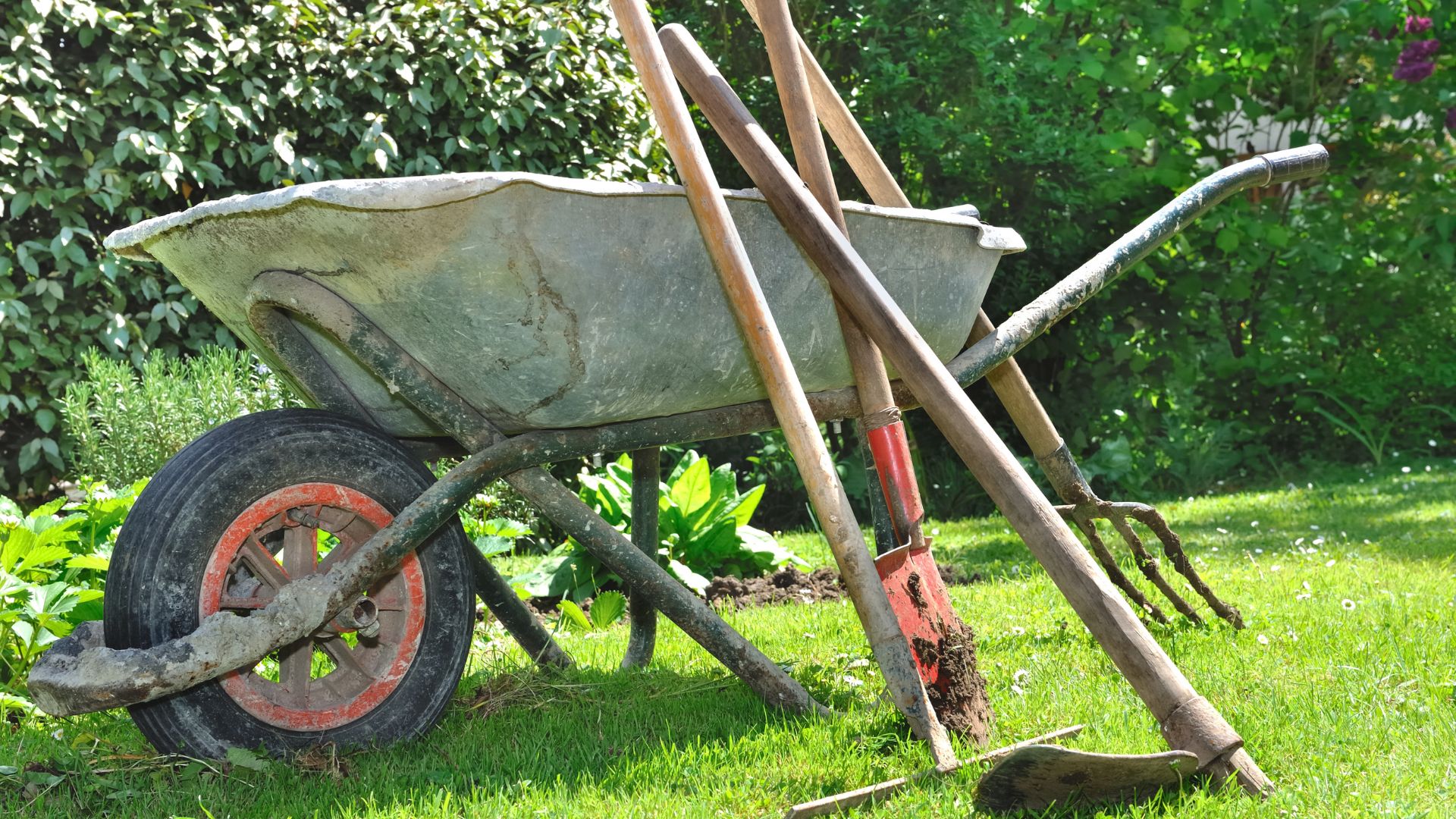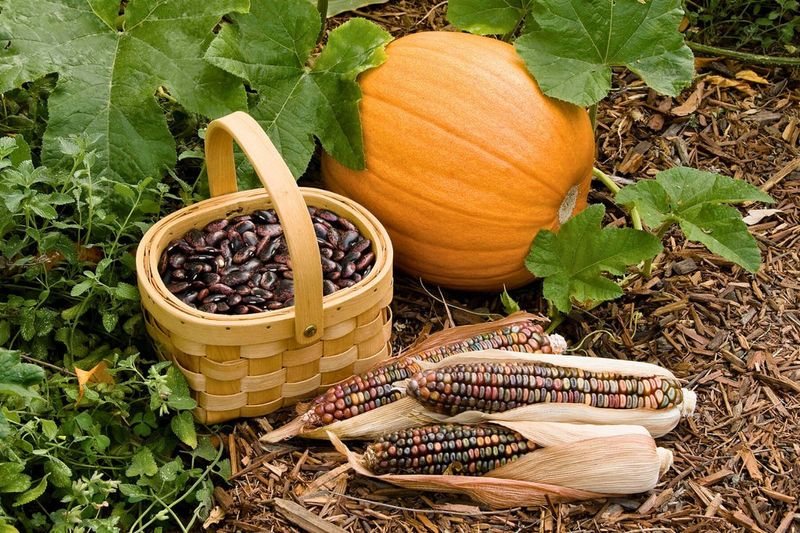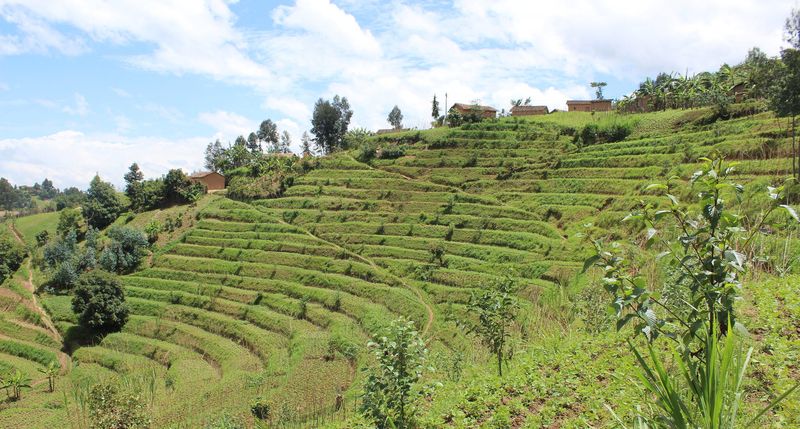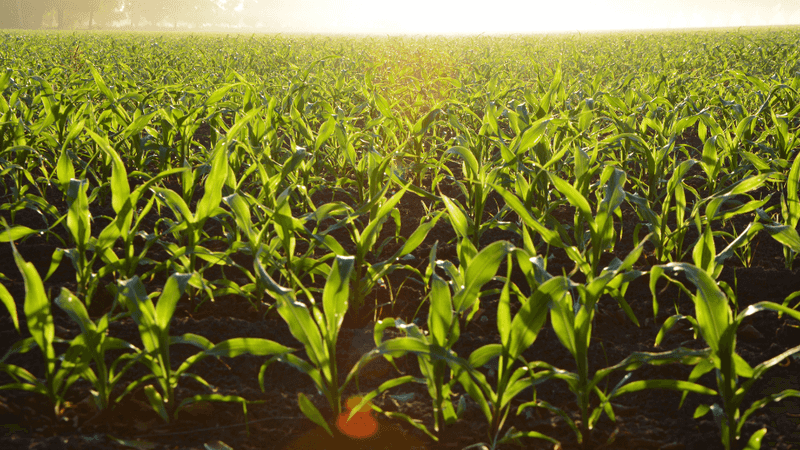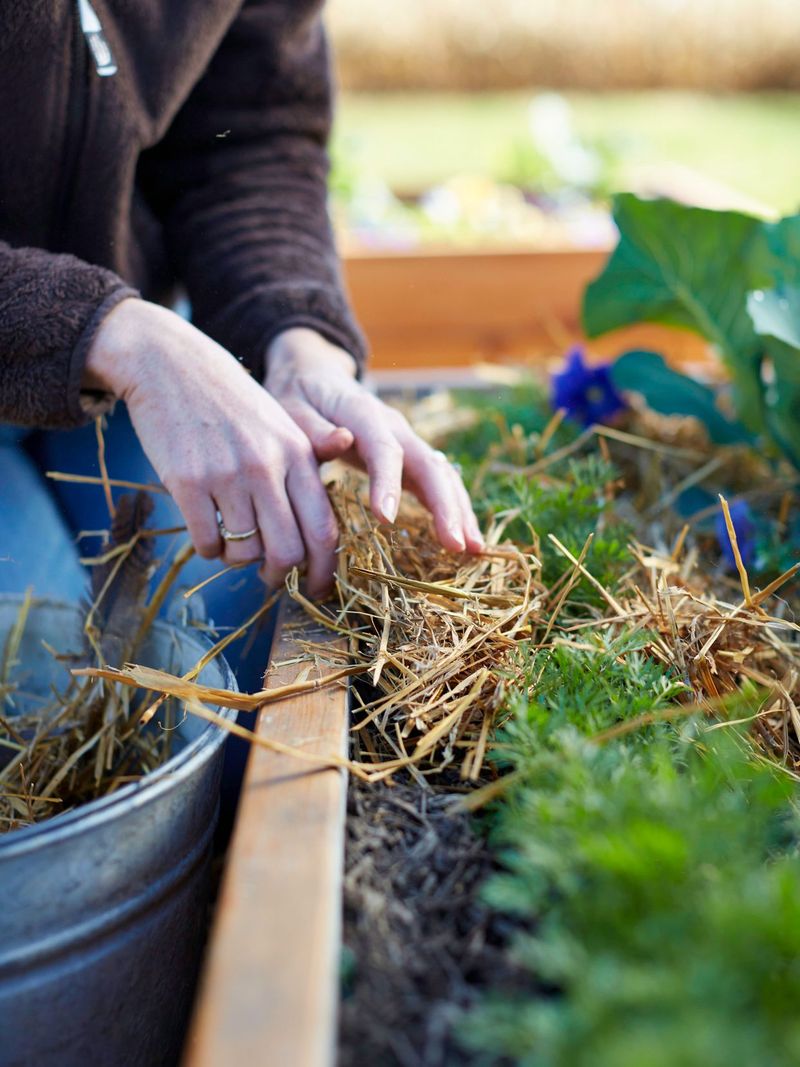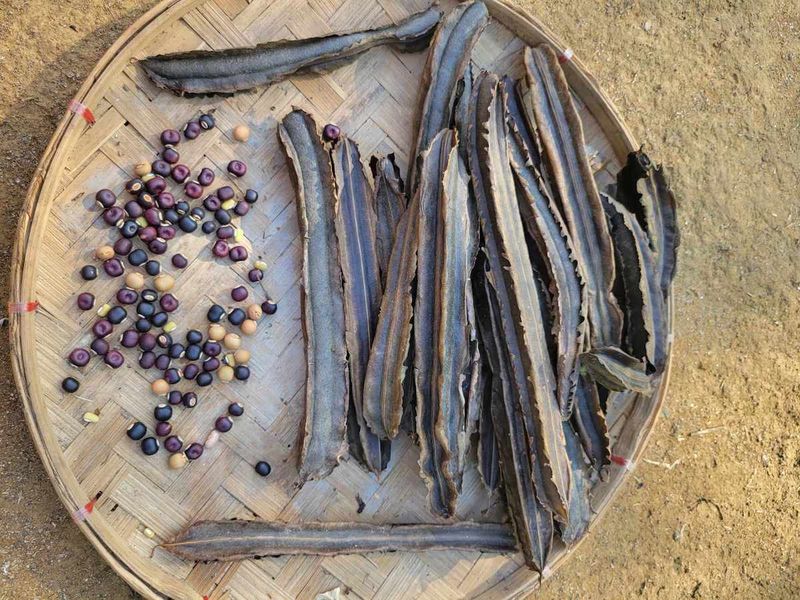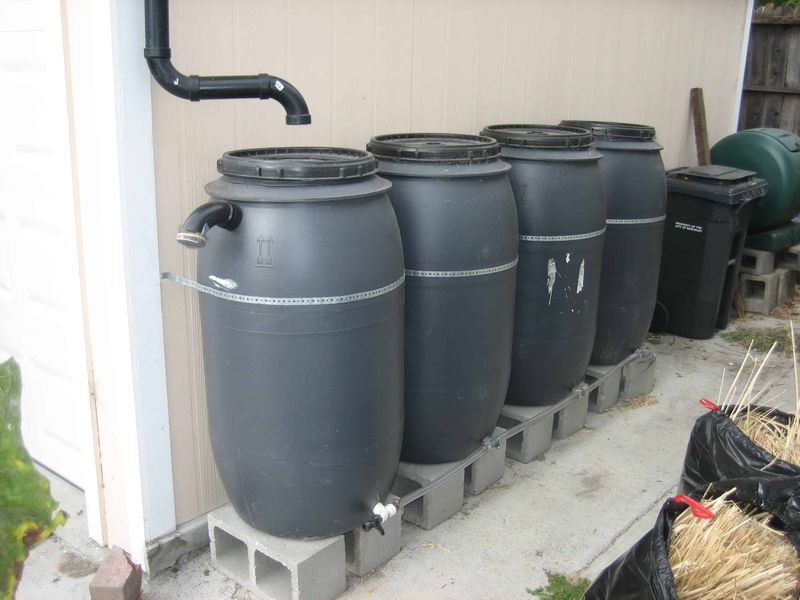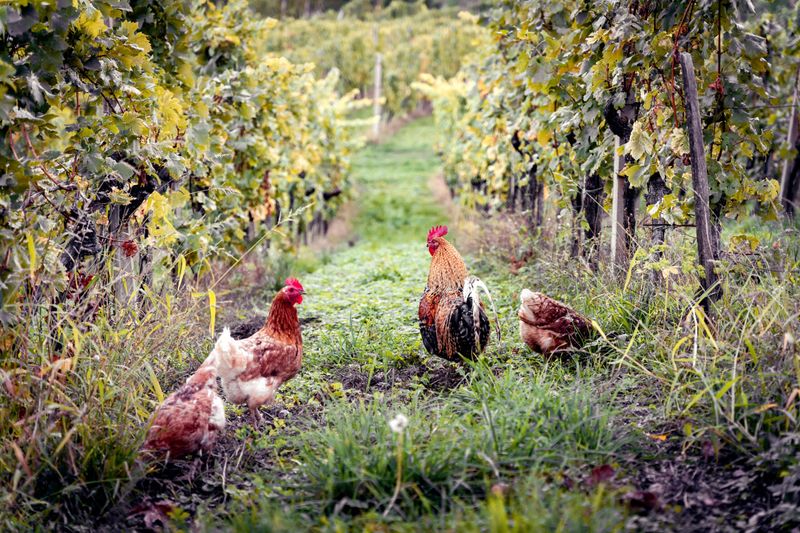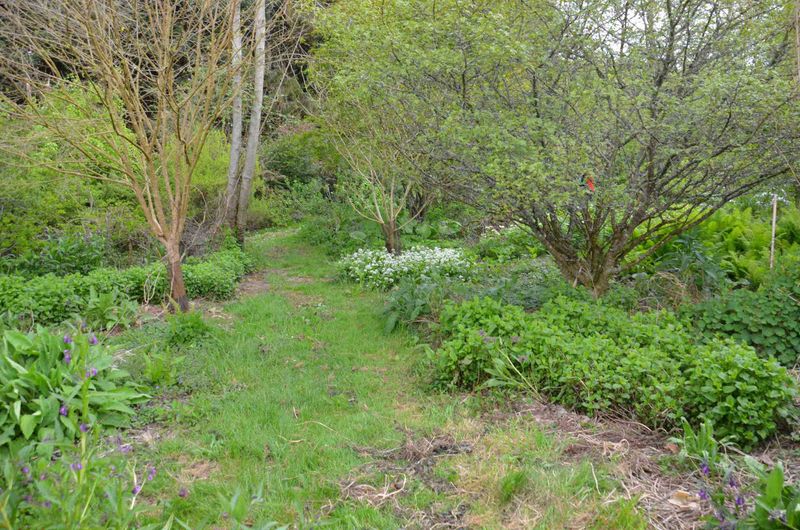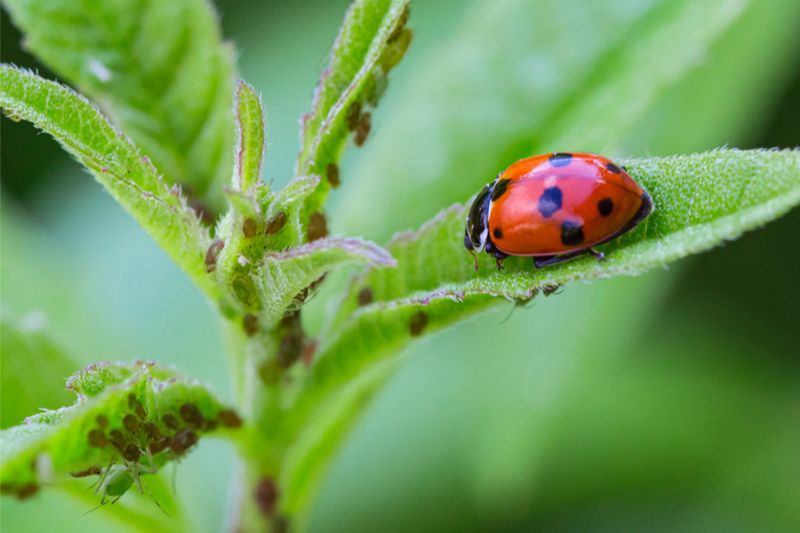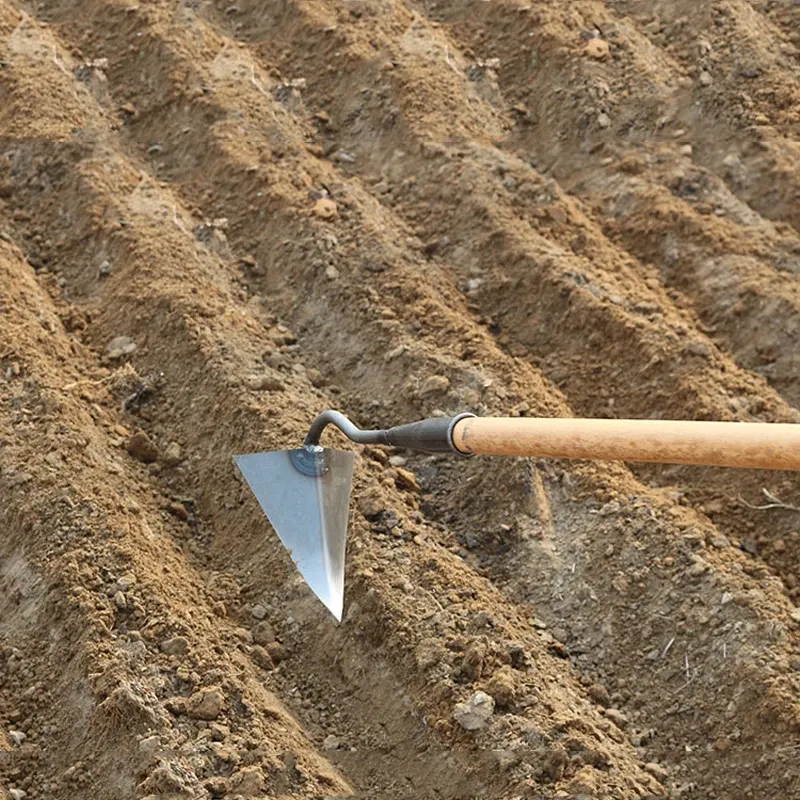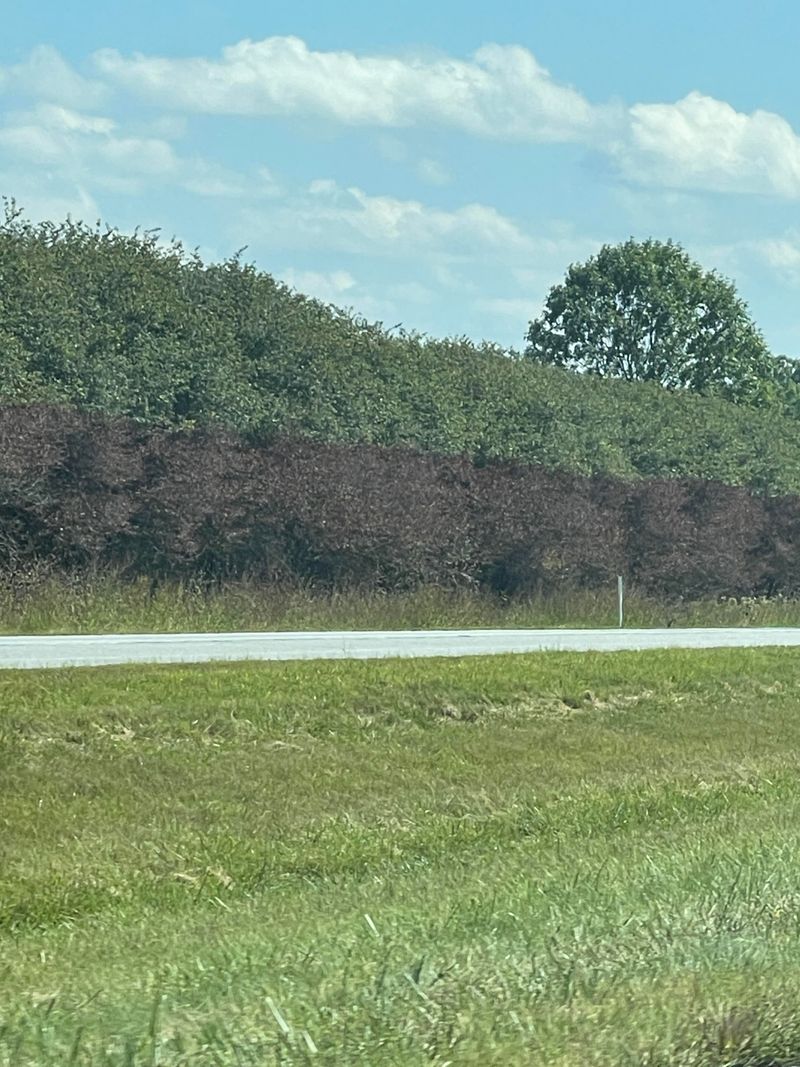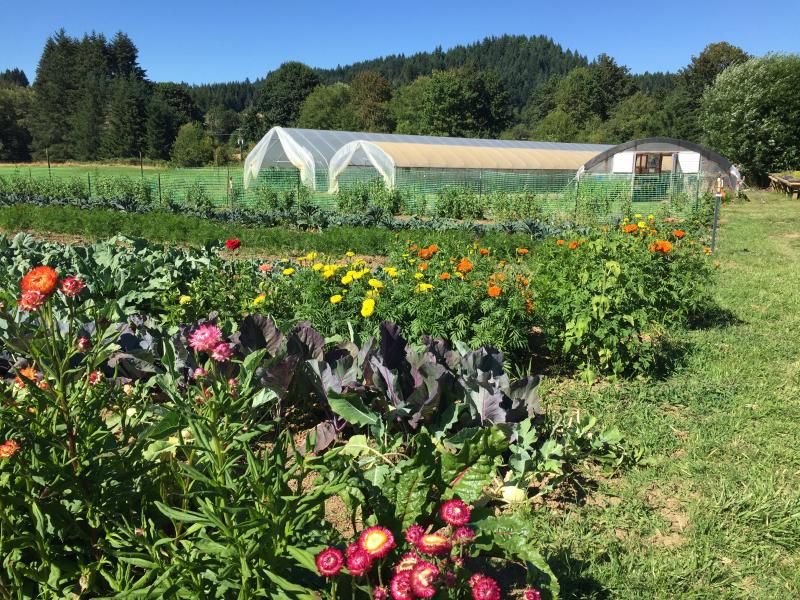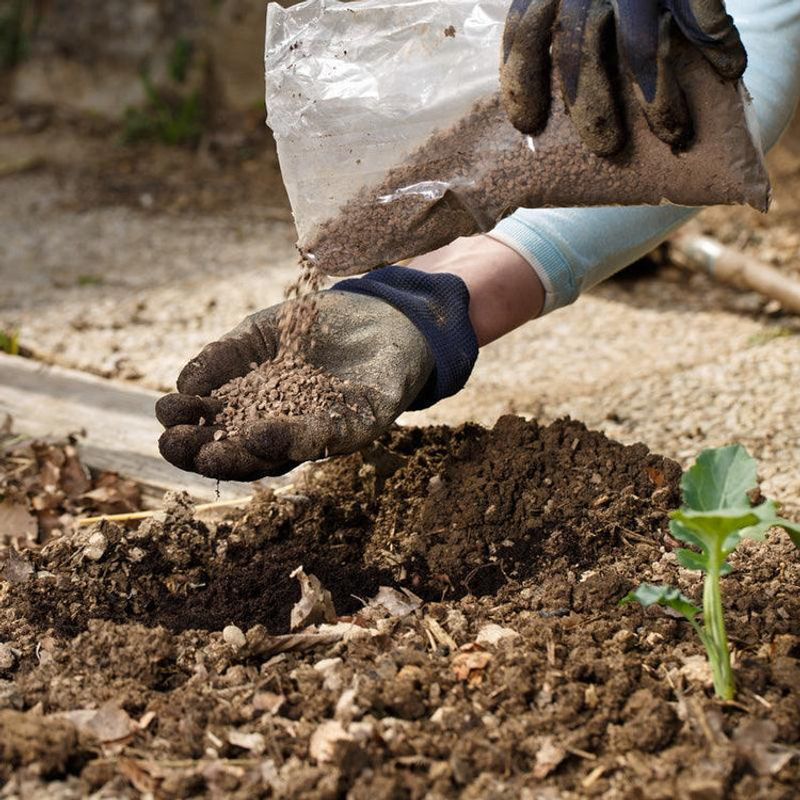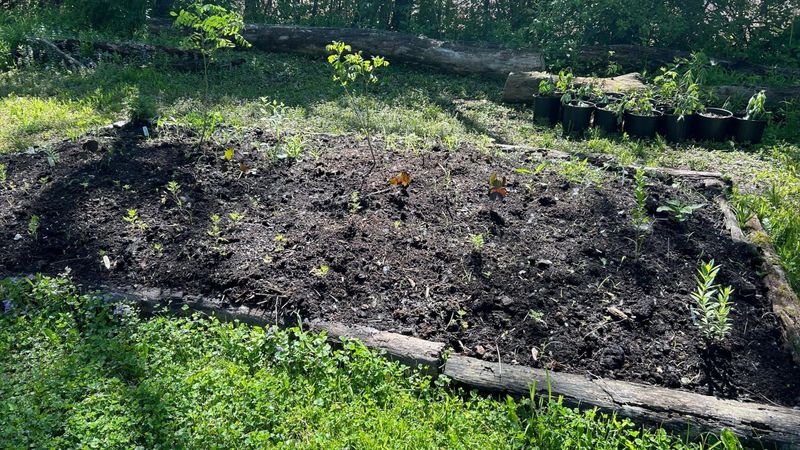Long before tractors, chemical fertilizers, and factory farms, people grew their food using nothing but hand tools, local resources, and a strong understanding of the land. These old-school techniques may seem simple by today’s standards, but they were built on centuries of observation and respect for nature.
And the best part? Many of these methods still work beautifully in modern gardens—especially if you’re aiming for a more sustainable and thoughtful approach.
In this guide, we’re taking a walk back through history to explore 15 traditional ways people used to grow food—methods that rely more on patience and partnership with the earth than on machines or chemicals. Trust me, you’ll find plenty of practical inspiration here for today’s gardens.
1. Companion Planting
Planting corn, beans, and squash together was not just a stroke of luck but a tried-and-true method called the “Three Sisters” technique. Each plant supports the other—corn provides stalks for beans to climb, beans fix nitrogen in the soil, and squash spreads to block weeds.
Even today, this trio remains an effective way to maximize space and resources in a garden. It showcases a natural cooperation that reduces the need for artificial fertilizers and pesticides. This approach is a testament to the wisdom in combining plant species beneficial to each other.
Whether you have a small garden or a larger plot, incorporating companion planting can lead to healthier plants and better yields.
2. Terracing
Hilly terrains might seem challenging, but ancient farmers turned them into opportunities with terracing. By cutting steps into slopes, they created flat surfaces ideal for planting and reduced soil erosion.
This method increases arable land and efficiently manages water flow, preventing runoff and nutrient loss. Terracing remains a favored technique in mountainous regions today, supporting diverse crops from rice to vineyards.
The beauty of terraces lies in their simplicity and effectiveness, offering a visually striking landscape that is as functional as it is aesthetic.
3. Crop Rotation
Instead of exhausting the soil with the same crop year after year, early farmers rotated their crops. This simple technique prevented nutrient depletion and controlled pests and diseases.
By changing plant families, farmers naturally broke pest cycles and enriched the soil with different nutrients. This practice can still be seen today in organic farming systems.
Modern growers find crop rotation valuable, as it leads to healthier soil and reduces the reliance on chemical fertilizers, proving that sometimes old wisdom is still the best answer.
4. Mulching
Covering the soil with organic materials like straw, leaves, or grass clippings is a method known as mulching. It conserves moisture, suppresses weeds, and adds nutrients as it breaks down.
This practice mirrors the natural forest floor, where fallen leaves create a fertile environment. Gardeners today use mulching to improve soil health and reduce watering needs.
Mulching is an accessible and effective way to mimic nature’s cycles, making it a sustainable choice for gardens of any size.
5. Seed Saving
Saving seeds from one harvest to plant the next was a common practice before commercial seeds. It allowed farmers to select the best traits and adapt to local conditions.
Today, seed saving is a way to preserve plant diversity and heritage, offering a connection to the past. It empowers gardeners to maintain unique varieties and become more self-sufficient.
This tradition fosters resilience and biodiversity, crucial in maintaining healthy ecosystems and food security.
6. Rainwater Harvesting
Collecting rainwater in barrels or cisterns was a practical way to ensure water availability for crops. This simple method not only conserved water but also reduced dependency on local water supplies.
In today’s world, rainwater harvesting offers an eco-friendly alternative for irrigation, especially in dry regions. It requires minimal infrastructure and can be easily integrated into modern homes.
The elegance of this method lies in its simplicity and efficiency, providing a sustainable option to support gardening needs.
7. Slash And Burn
While controversial, slash-and-burn agriculture was a way to clear land and enrich soil with ash, providing nutrients for new crops. It was often used by indigenous communities in tropical areas.
Though not sustainable on large scales, when practiced carefully, it allows for quick land clearing and temporary soil fertility. Small-scale farmers still use it, particularly in regions with limited resources.
Understanding its limitations and ecological impact is crucial, as it can be part of a broader sustainable farming strategy when combined with other methods.
8. Livestock Integration
Raising animals alongside crops was a multifunctional approach that provided manure for fertilization and helped with pest control. Chickens, for instance, can help reduce insect populations while also offering eggs and meat.
This method creates a symbiotic system where plants and animals support each other. Today, many permaculture farms incorporate livestock to enhance biodiversity and nutrient cycles.
Embracing this holistic approach can lead to more resilient and productive farming systems, marrying traditional wisdom with contemporary ecological practices.
9. Forest Gardening
Mimicking a natural forest, forest gardening involves planting diverse species that support each other in layers. From canopy trees to ground cover, each layer serves a purpose.
This method creates a self-sustaining ecosystem, offering food, medicine, and habitat. It’s a low-maintenance approach with high yields in small spaces.
Forest gardening embodies a deep understanding of ecology, perfect for those looking to create productive landscapes that harmonize with nature.
10. Natural Pest Control
Encouraging beneficial insects and using plants that repel pests were traditional ways to manage garden health. Ladybugs, for example, are voracious aphid eaters.
By avoiding chemical pesticides, these methods protect pollinators and ensure a balanced ecosystem. Modern organic gardeners still rely on these practices to maintain healthy crops.
Natural pest control is a powerful reminder that fostering biodiversity can lead to healthier, more resilient gardens.
11. Manual Tilling
Before the advent of tractors, farmers relied on hand tools like hoes and spades to prepare their fields. Though labor-intensive, manual tilling allowed for precise soil management.
It helped with aeration, weed control, and incorporating organic matter into the soil. Today, small-scale farmers and gardeners appreciate the control and connection this method provides.
Manual tilling fosters a close relationship with the land, encouraging mindful cultivation and minimizing soil disturbance.
12. Windbreaks
Planting trees and shrubs around fields served as natural windbreaks, protecting crops from wind damage and reducing soil erosion. They also provided habitats for beneficial wildlife.
Windbreaks play a crucial role in creating microclimates, moderating temperatures, and conserving moisture. Farmers today use them to enhance farm resilience and productivity.
This strategy highlights the importance of integrating trees into agricultural landscapes, offering benefits beyond just crop protection.
13. Biodynamic Farming
Rooted in holistic practices, biodynamic farming considers the farm as a living organism. It incorporates natural cycles and cosmic rhythms, promoting diversity and ecological balance.
This method uses composts, crop rotations, and specific preparations to enhance soil and plant health. It appeals to those looking for a spiritual connection to farming.
Biodynamic farming’s unique approach offers a path to sustainable agriculture that honors both tradition and innovation.
14. Soil Amendments
Improving soil health with natural amendments like compost, manure, and lime was essential for early farmers. These additions enriched the soil, boosting fertility and structure.
Soil amendments remain a cornerstone of organic farming, reducing the need for synthetic fertilizers and fostering healthy plant growth. They promote beneficial microbial activity and improve nutrient availability.
Understanding and applying natural soil amendments is key to sustainable gardening, supporting robust and productive plants.
15. Hügelkultur
Building raised beds filled with logs and organic material, known as hügelkultur, was a way to create rich, moisture-retentive soil. As the wood decomposes, it slowly releases nutrients.
This method conserves water and provides excellent drainage, making it ideal for areas with variable rainfall. It’s a permaculture favorite for its low-maintenance and high-yield potential.
Hügelkultur is an innovative example of how old-world techniques can address modern gardening challenges, offering a sustainable path forward.

